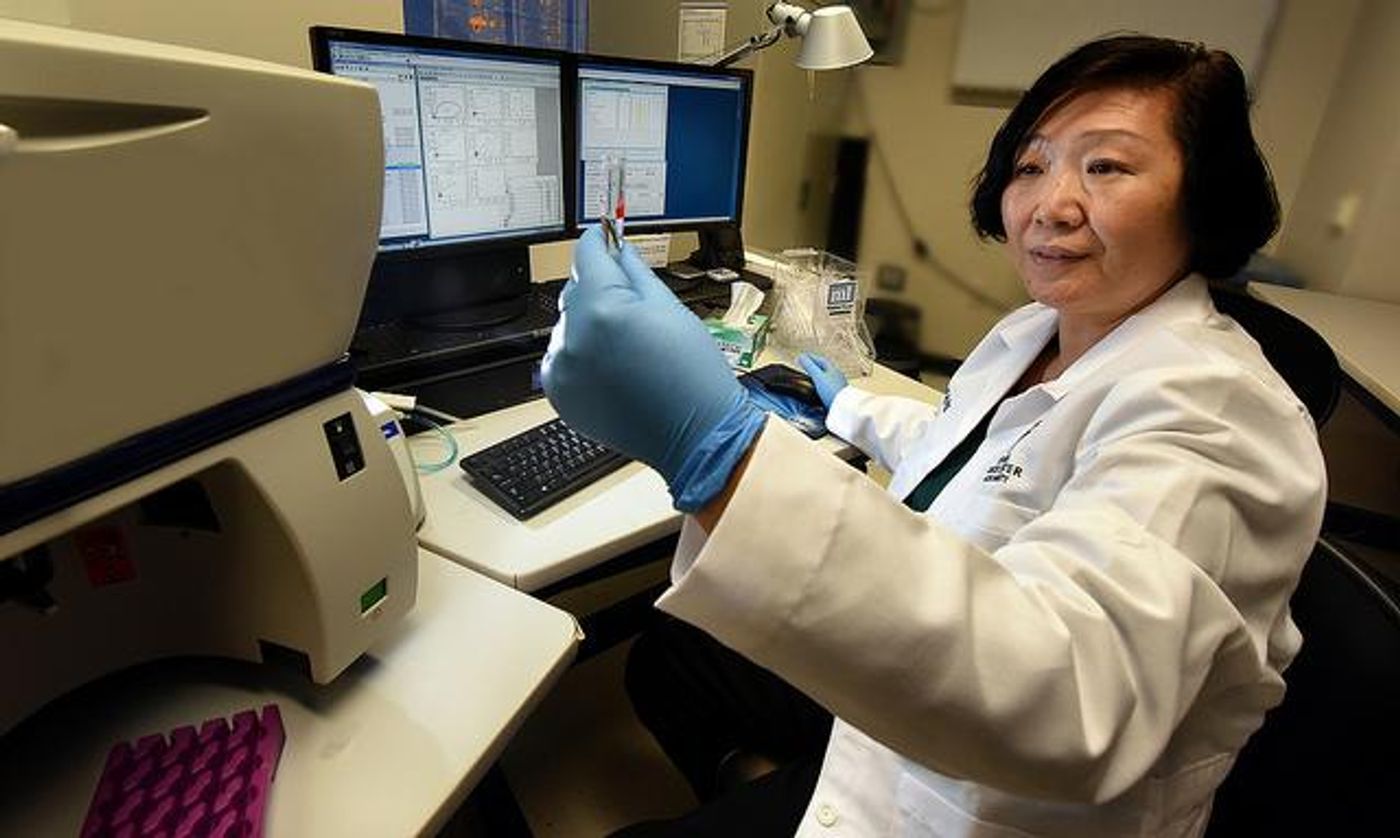Direct Tumor Injection Avoids Toxic Side Effects
Three new approaches to anticancer drug therapy were combined in a recent study to simultaneously maximize destruction of tumor cells and minimize destruction of healthy cells. From the Medical College of Georgia at Augusta University, Dr. Yan Cui says that in the fight against cancer, "it's not a matter of not having drugs, it's a matter of how we can better utilize the drugs.”
Direct Injection
The first aspect of the new drug that makes it so effective is that the drug is directly injected into the tumor. This method increases the ability of the drug to attack the tumor locally as well as after it metastasizes. Plus, a direct approach reduces the amount of toxic side effects that result from the drug flowing through the bloodstream, killing healthy red and white blood cells.
Nutlin-3a
A compound called nutlin-3a is classified as an MDM2 inhibitor, and its purpose in the fight against cancer is to activate normal p53, a tumor-associated protein that remains dormant until it’s needed. In cases of DNA damage as a result of cancer, p53 “comes out of retirement” and prevents excessive growth of cells with damaged DNA, avoiding cancer. Under the influence of p53, cells under stress either repair their DNA or self-destruct.
However, cancer can manipulate p53 levels to further its agenda - 50 percent of all cancers alter p53 - leading to chronic inflammation, immune evasion, and excessive cell growth. Cui says that regardless of the specifics, an increase of p53 is “an indication that something is not right.”
Nutlin-3a, as a systemically-injected anticancer drug, is accompanied by negative side effects: bone marrow suppression, immune cell destruction. But when it’s directly injected into the tumor, it provides all of the benefits of activating p53 and almost none of the adverse effects.
Poly-IC
The third piece of the puzzle is poly-IC, a synthetic version of a double-stranded RNA associated with viral infection, inducing an immune response that brings even more immune cells to the tumor microenvironment.
When they directly injected nutlin-3a and poly-IC into a tumor, researchers saw a boost in activated p53 and an influx of immune cells, followed by a migration of many of those activated cells to secondary tumor sites that had resulted from metastasis.
"You bring the immune activators in, they clean up the [cancer] cells, and that activates T cells, which are really the soldiers that will go out and kill additional tumors,” Cui explained.
Next steps to improving the present approach include bringing in drugs to treat tumors that have already altered p53. These drugs, in theory, could “bring p53 back from the dark side,” reestablishing its ability to fight cancer as opposed to helping it.
The present study was published in the journal Cancer Research.
Sources: PLOS One, Medical College of Georgia at Augusta University









